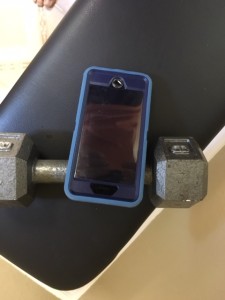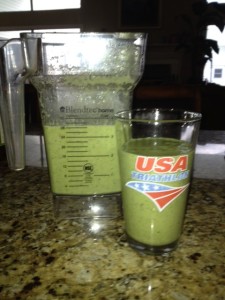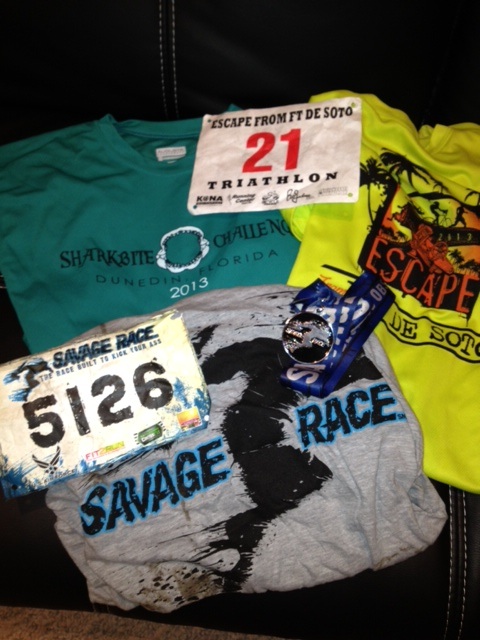 It’s been said that an athlete dies two deaths. The second is the inevitable. The first is the end of a competitive playing career.
It’s been said that an athlete dies two deaths. The second is the inevitable. The first is the end of a competitive playing career.
I sold my triathlon bike recently and had mixed emotions as this gently used Cervelo P2 drove away on the back of someone’s Jeep Wrangler.
On one hand, I had barely ridden the Cervelo in four years and recouped nearly 50 percent of what I paid for it, a score by Craigslist standards. On the other hand, I was parting with it because of neck injuries sustained in a 2014 automobile accident (in a car) that make it tough to ride in the aero position, to say nothing of keep pounding the ground running.
It just took four years to accept that.
We see this in professional sports when “old” players calls it quits because they no longer can compete at the highest level because of injury or age. Ideally, they go out on top as Peyton Manning did winning the Super Bowl at the age of 39.
It can be more challenging, however, to accept a body that no longer performs the way it once did. That’s because with modern medicine it’s possible to extend an athletic career whether you’re a pro or weekend warrior.
Got a bad knee or hip? That’s nothing an artificial replacement can’t fix.
Have a herniated disc in your neck or back? A fusion or disc replacement can get you back in the game. If not, there’s cortisone, stem cells, dry needling, epidurals, acupuncture, massage, chiropractic care or bariatric oxygen.
Too often, though, people continue to pound their bodies past the breaking point. I was a basketball and baseball player through high school. And while I could play those sports today, my joints would take a pounding on the basketball court. My reflexes aren’t what they once were for baseball – and they weren’t great as a teenager.
I competed in running, obstacle racing and triathlon events through my early forties. I could continue to slog it out there too, even with a bad neck, but the stress from running would be too much. When it comes to running, we only have so many miles on the odometer.
Thankfully, there are always alternatives. There’s perhaps no better sport or exercise regimen than swimming, which is easy on the joints. Open-water swim events have soared in popularity in recent years, in part because former runners are looking for a more low-impact activity.
Ex-runners also turn to biking since that also is easier on the joints. “Biking” is thought of differently from “cycling,” where you clip into the pedals, wear tight spandex, and risk life and limb on the roads, where smart phone-wielding drivers often are not paying attention. But a more leisurely bike ride still can provide a workout. Some runners turn to hiking or race walking.
I miss the competition and camaraderie of triathlon, but I might have given it up anyway because I never liked cycling. I started group rides in 2006, the year the iPhone was released and things got progressively more dangerous. I shudder to think of what might have occurred had the distracted woman who ran through a stop sign and struck my mini-van had, instead, plowed into a peloton.
I don’t mourn the loss of triathlon. It helps that I had my third athletic act lined up before the car accident, shifting more toward stand-up paddleboarding, hiking, swimming, strength training and yoga. I’m in or on the water most every day.
 Like life itself, it’s never too late to reinvent yourself as an athlete. I once swam with a group of mostly senior women as part of a masters swim program. One particularly fit woman told me she once did triathlons but had given that up and focused on swimming and weight training. I thought she was in her early fifties, but she was 66.
Like life itself, it’s never too late to reinvent yourself as an athlete. I once swam with a group of mostly senior women as part of a masters swim program. One particularly fit woman told me she once did triathlons but had given that up and focused on swimming and weight training. I thought she was in her early fifties, but she was 66.
Several women from that group still compete, setting national age group swim records in their nineties, again proving that while you might have to accept that your body has fewer options to compete and train as you age, there’s always something available.

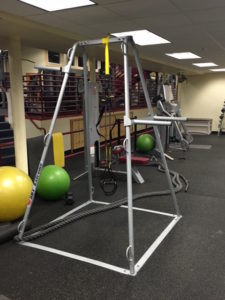 The gym I have called home for countless, mostly pre-dawn workouts since 2004 will close its doors on Sunday, a product not of America’s increased demand for workout space but rather for glitzier, high-end training facilities.
The gym I have called home for countless, mostly pre-dawn workouts since 2004 will close its doors on Sunday, a product not of America’s increased demand for workout space but rather for glitzier, high-end training facilities. Over the next decade I dropped 25 pounds, embraced triathlon, SUP and endurance sports, and chronicled these booming training niches, including yoga, functional movement, and obstacle races, transitioning from mostly a sportswriter to mostly a fitness writer. I marveled that group cycling or “spin” class, which since 2004 I’ve taken under the whip of physical therapist Alyssa Kay, has become an expensive New York phenomenon.
Over the next decade I dropped 25 pounds, embraced triathlon, SUP and endurance sports, and chronicled these booming training niches, including yoga, functional movement, and obstacle races, transitioning from mostly a sportswriter to mostly a fitness writer. I marveled that group cycling or “spin” class, which since 2004 I’ve taken under the whip of physical therapist Alyssa Kay, has become an expensive New York phenomenon.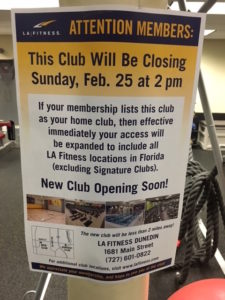 As newer gyms and fitness studios have opened, people have drifted away. I’ll run into former members at Chipotle or the yoga studio and they’ll recommend their shiny new facilities. I’ve always stayed put. Maybe I like the tough-it-out, Rocky Balboa mentality of the place. Maybe I like that it’s exactly 3.1 miles (5K) from my driveway.
As newer gyms and fitness studios have opened, people have drifted away. I’ll run into former members at Chipotle or the yoga studio and they’ll recommend their shiny new facilities. I’ve always stayed put. Maybe I like the tough-it-out, Rocky Balboa mentality of the place. Maybe I like that it’s exactly 3.1 miles (5K) from my driveway.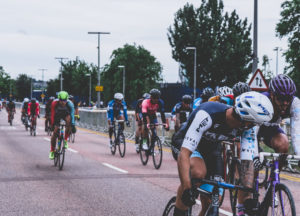 Distracted driving has become a big issue and with good reason. People think nothing of texting and talking while operating a 3-ton motor vehicle. No wonder it’s never been more dangerous to drive.
Distracted driving has become a big issue and with good reason. People think nothing of texting and talking while operating a 3-ton motor vehicle. No wonder it’s never been more dangerous to drive.